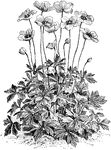Clipart tagged: ‘perianth’
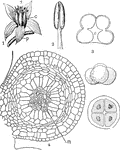
Angiosperm
This illustration shows the flower and sporophylls of Angiosperms: 1, flower of Sedum with leaf-like…

Daphne Mezereon
"A genus of plants of the natural order Thymeleaceae, having a 4-cleft, funnel-shaped perianth, the…
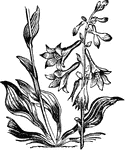
Day-lily
"A genus of plants of the natural order Liliaceae, having a perianth with bell-shaped limb, and sub-cylindrical…
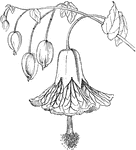
Double Perianth
Pictured is a double perianth as seen in the flower of abutilon insigne. A double perianth has an outer…
Flower Parts
"Diagram to show the essential parts of a "flowering" plant. t.r., tap-root; cot. seed-leaf (cotyledon);…
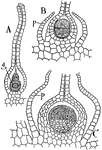
Gametospore
This illustration shows the germination of the gametospore: A, section of a mature archegonium with…
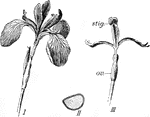
Iris
"Iris. I, flower; II, seed, longitudinal section; III, flower with outer segments of perianth removed;…
Miersia chilensis
"Miersia chilensis; 2. its flower; 3. the interior coloured petaloid bracts; 4. a perpendicular section…
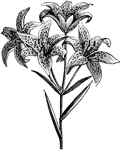
Petaloid Perianth
Pictured is a petaloid perianth as seen in lilium concolor pulchellum. All parts are petaloid.
